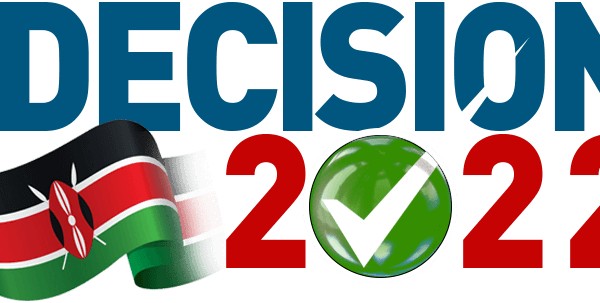As it appeared in the Daily Nation on August 2nd 2016
The year 1999 is when I created my first email account. The yahoo.com account was entirely meant for communicating with my sister who had relocated to the USA. At that time, the use of the internet was spreading fast and in the early 2000s Cyber Café were starting to flourish in Nairobi. Companies as well were introducing email address mainly with the wananchi.com and kenyaweb.com domain names. At my first job at Brookside, we had only one email address but I do not recall if any of our customers were indeed using it but I am certain that every email was getting a response. There was no email overload then.
Today, we live in different times. Almost every person with access to the internet has an email address with most people having several email addresses. The internet landscape has significantly changed. Laptop computers, tablets, phones, office and home internet as well as Wi-Fi have made emailing as simple as ABC. Most people have a 24hour access to their inboxes. At the click of the mouse, one can send a single email to thousands. An email statistics report by The Radicati Group shows that by the end of 2019 the number of email users worldwide will be over 2.9 billion representing over one-third of the world population. The same report shows that in 2015, over 205 billion emails were sent and received per day. This means that millions of emails are being sent and received per minute. I believe that a huge percentage of these emails are sent and received by customers. Management of a high volume of customers’ emails seems a headache in many organizations. Despite this, significant amounts of work hours are being spent perusing the email inbox.
Emailing as a customer service channel continues to grow. Many customer contact centres have taken up the responsibility of handling all incoming customers’ emails. To streamline this, smart companies have introduced a single customer email address and made it public. In many other organizations, majority of emails are sent directly to the customer’s contact person, some get responses while others do not depending on the person’s email proficiency. Some other organizations have introduced email addresses that go to multiple persons further complicating email management and increasing the amount of time ‘wasted’ dealing with a single email.
It is unfortunate that because of email overload and lack of email management proficiency, emails are mismanaged, many emails go unanswered and many organizations are doing nothing about it. If you are having an overload of emails in your organization, it is time to think about streamlining how both internal and external emails are managed. There are several tips I share during my training sessions. Some of these include, reducing the number of emails sent internally and allocating time blocks for sending, reading and responding to emails. Responding to emails as soon as it is read, getting rid of junk emails immediately as well as filing important emails in subfolders. Automating email acknowledgments and setting an out of office email response when on leave also helps. Knowing when to call in response to an email shortens email strings among many other email tips to reduce overload. Next week we continue with this discussion and look at how email communication can be used to drive customer satisfaction and loyalty.
Lucy Kiruthu is a Management Consultant and Trainer and can be reached on lucy@evolve-consultants.com/old or via twitter @kiruthulucy









